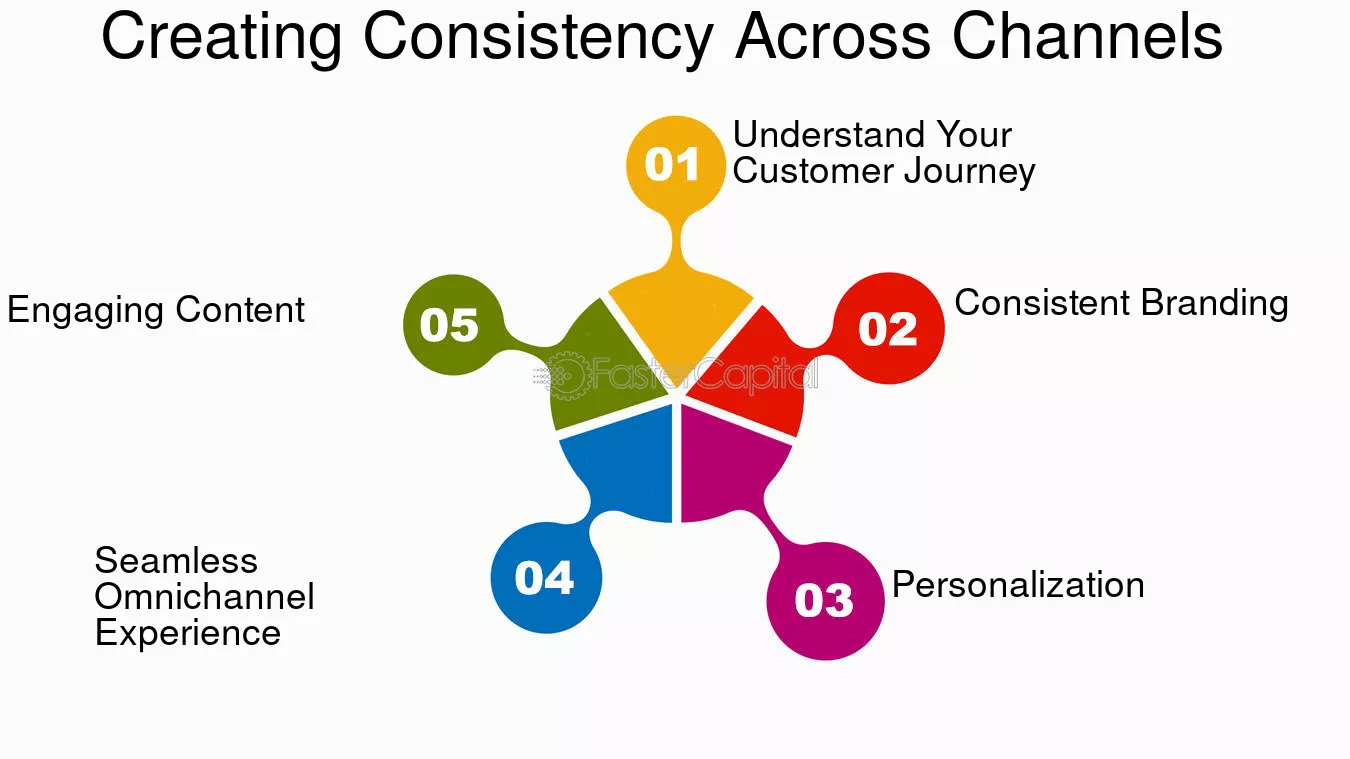Maintaining a consistent brand message is essential in today’s digital landscape. With audiences engaging across multiple platforms, consistency builds trust and recognition. Content marketing services ensure that messaging remains cohesive and impactful across all channels.
The Importance Of Consistent Messaging
Consistent messaging is the backbone of a strong brand identity. It ensures that no matter where your audience encounters your brand—social media, email, or your website—they receive the same core message. This consistency fosters trust, reassuring consumers that they understand what your brand stands for.
Consistent messaging makes a brand’s message more recognizable and memorable. This recognition is crucial in a crowded digital marketplace, where consumers are constantly bombarded with information. A cohesive message helps cut through the noise, making it easier for your audience to remember and identify your brand.
Moreover, consistent messaging supports customer loyalty. When consumers regularly encounter a stable and reliable brand message, it reinforces their trust and connection with the brand. This trust can translate into long-term loyalty and advocacy, as consumers feel confident in the brand’s representation.
Tailoring Messages For Diverse Platforms
While consistency is crucial, it’s also essential to tailor your message to fit each platform’s unique characteristics. Each digital channel has its audience, tone, and format preferences. Understanding these nuances allows brands to adapt their core message to resonate more effectively with each platform’s users.
For example, LinkedIn is a professional network that typically requires a more formal tone, while Instagram might demand a more visual and informal approach. Twitter’s character limit necessitates concise messaging, whereas platforms like YouTube offer the opportunity for more in-depth storytelling. By adapting your message to fit these formats while maintaining the core message, brands can engage their audience more effectively.
Additionally, understanding the demographics and behaviors of each platform’s user base can inform how a message is tailored. Branding can enhance engagement and relevance by aligning the message with the audience’s preferences and expectations.
Developing A Unified Brand Voice
A unified brand voice is essential for maintaining consistency across diverse digital channels. This voice should reflect the brand’s personality, values, and mission and be evident in all communications. A well-defined brand voice ensures that every interaction feels like it’s coming from the same entity, regardless of the platform.
To develop a unified brand voice, brands should clearly define their brand identity. This includes understanding the brand’s core values, mission, and personality traits. Once these elements are established, they should be documented in a brand style guide that outlines tone, language, and messaging guidelines.
Training team members and partners on this brand voice is crucial to ensure consistency. Everyone creating or distributing content should understand and adhere to the brand’s messaging guidelines. Regular reviews and updates to the style guide can also keep the brand voice aligned with evolving goals and audience expectations.
Leveraging Technology For Consistency
Technology can be a powerful ally in maintaining consistent messaging across channels. Tools like content management systems, social media schedulers, and customer relationship management platforms can help streamline and unify communications. These tools allow brands to plan, schedule, and monitor content across multiple platforms, ensuring consistency in both timing and messaging.
Analytics tools can provide insights into how messages are performing on different platforms. By analyzing engagement metrics, brands can identify which messages resonate best with their audience and adjust their strategy accordingly. This data-driven approach allows for continuous refinement and optimization of brand messaging.
Measuring Success In Consistent Messaging
To evaluate the success of consistent messaging efforts, brands need to establish key performance indicators (KPIs) that align with their goals. Metrics such as brand recognition, engagement rates, and customer feedback can provide valuable insights into how well a message resonates across channels.
Regularly reviewing these metrics allows brands to identify areas where messaging may need adjustment. By continuously monitoring and refining their approach, brands can ensure their message remains relevant and impactful in a dynamic digital landscape.
Conclusion
Consistent messaging across digital channels is key to a strong brand presence. Tailoring messages for each platform while keeping a unified voice builds engagement and trust. Content marketing services help ensure clear and effective messaging across all digital spaces.







Leave a Reply